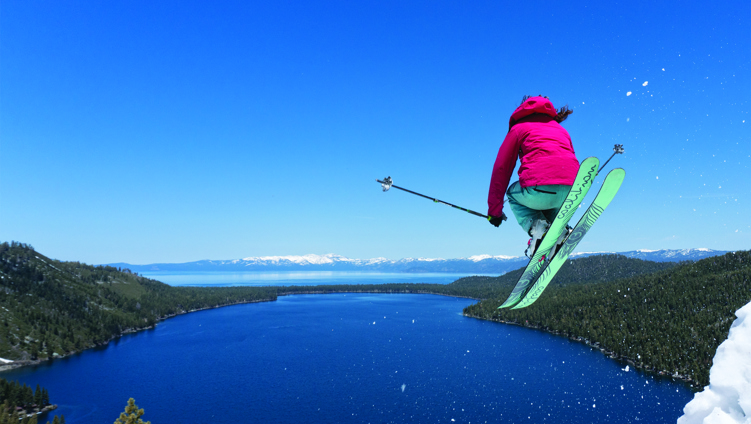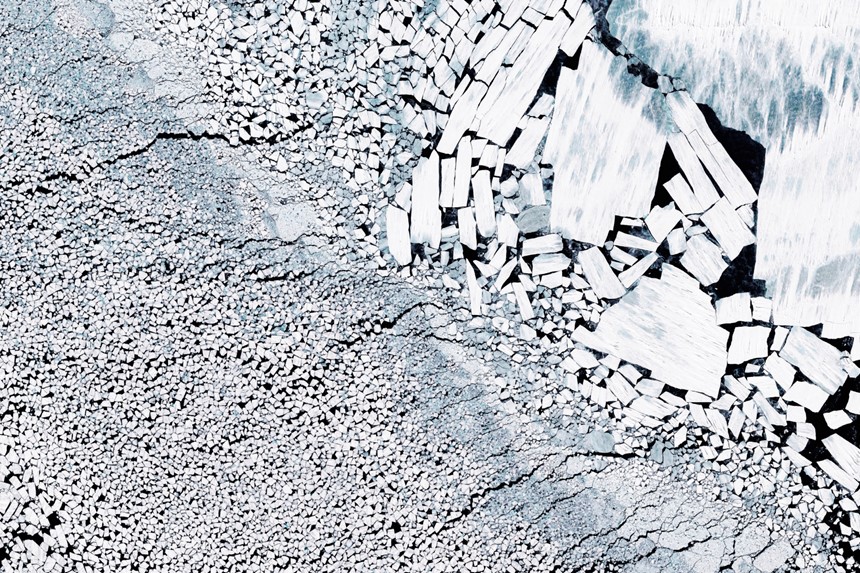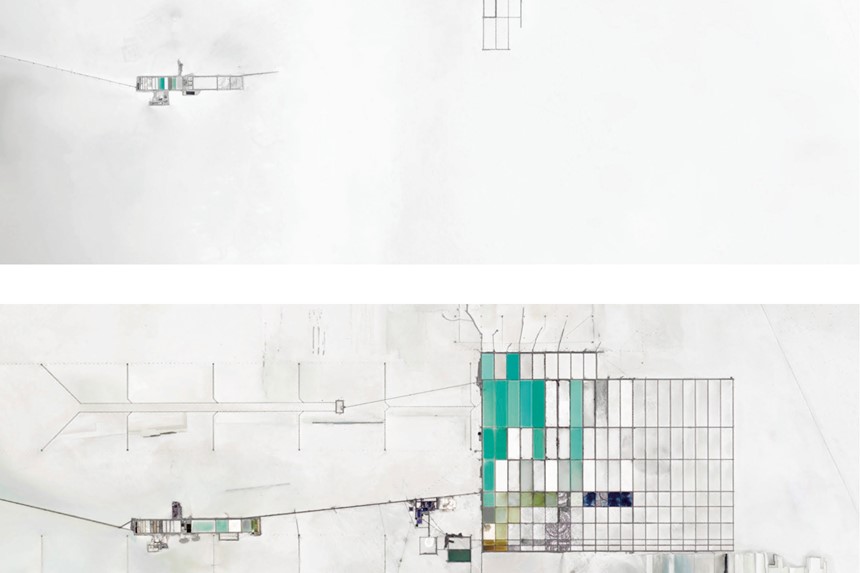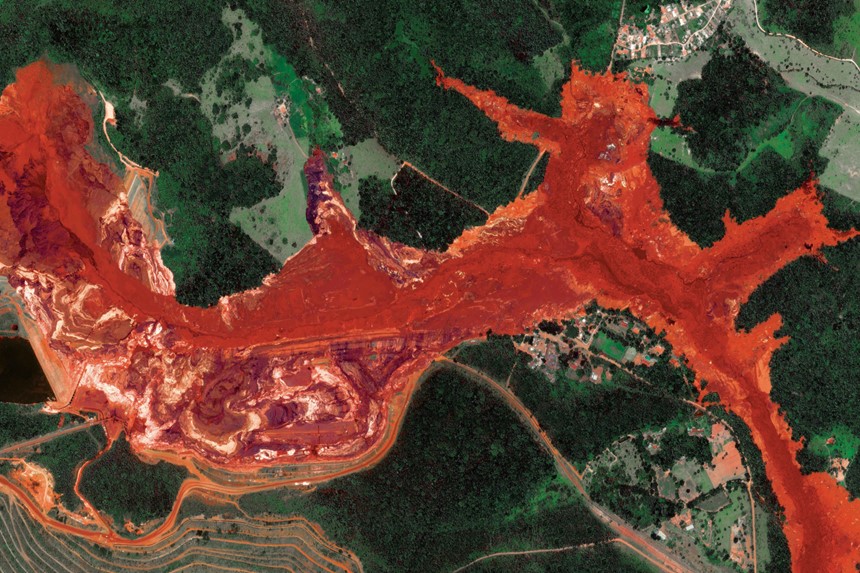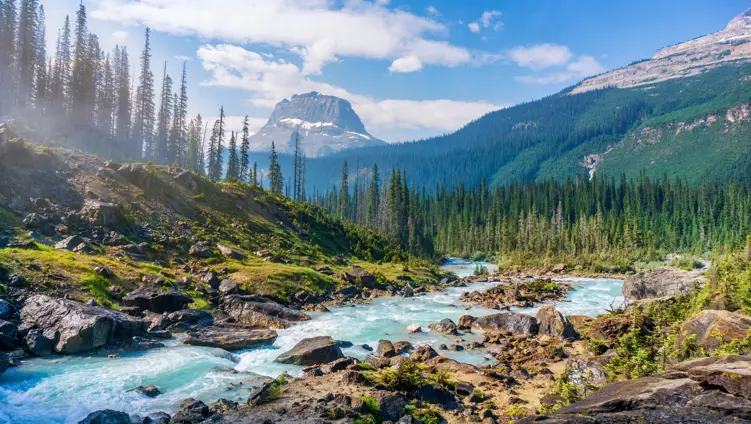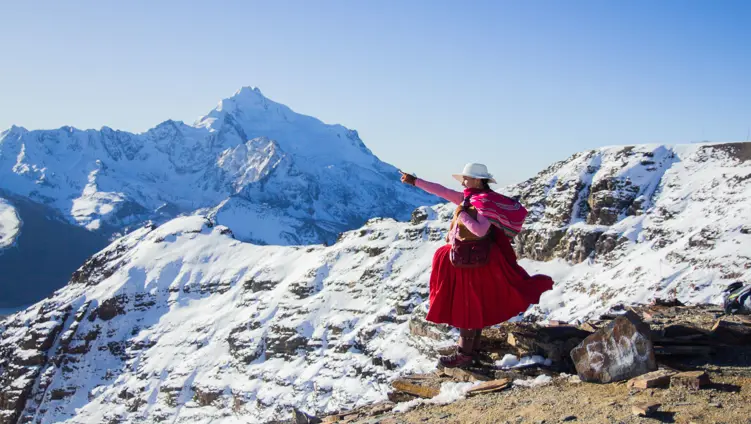But how might these threads translate into action and impact?
In part the answer is awareness and education. “If we can learn more about what’s happening in the image,” Ben says, “then it could ultimately enjoin behavioural change or societal change as people become more informed about stuff. That was the idea from day one, really.”
This is why captions are important, to provide context around the images: “how toxic something is, how large a waste site is or how much landfill has grown in the last ten to fifteen years.” Context also helps guard against the images being too pleasing, alone, to convey serious, even grave points.
